Media | Articles
23 funky foreigners you can import in 2023
At 25 years old, the cars that America has been denied come of age. Under federal DOT rules, as soon as a model hits this milestone it can be privately imported, so with each new year come new gems for car fans looking for something a bit different to drive.
Here are 23 examples of foreign fun that will become legal in the U.S.A. in 2023.
Urban collective
For a city runabout with a small footprint the year 1998 has a curiosity of compact cars to consider. First comes the cute Honda Capa, born out of the Japanese automaker’s “Small is Smart” philosophy. A little too large to be a kei car, it came with a 1.5-liter motor and continuously variable transmission, and plenty of headroom thanks to its boxy design.
Over in Germany, Volkswagen’s Lupo might have got its name from the Latin for wolf, but really this three-door hatch was quite sheepish, unless you opted for the 1.6-liter GTi.
Marketplace
Buy and sell classics with confidence
Back in Japan, the first-generation Nissan Cube was launched and couldn’t have been named more aptly. Based on the Micra platform it developed a cult following and the third generation, launched in 2009 even made it to the U.S.
However, by far the most popular city car of 1998 was the Tata Indica, the first car from India’s Tata Motors (which ten years later would buy Jaguar Land Rover). The basic runabout soon became the best-seller in its class and had sold a million units within ten years. It would be easy to find one, and it’s guaranteed you’ll never see another at the grocery store.
A family affair
If you’ve got people to move and you’re feeling especially brave, then 1998 has three options. The Fiat Multipla took its name from the wonderfully bizarre 600 Multipla of the mid-1950s and was no less unusual. Its sea-creature styling contained a 3×3 seating arrangement which made it a very spacious and practical wagon despite not being especially long. You could even remove the rear seats to turn it into a van. The 1.9-liter JTD diesel was the best version at the time, while a wide track meant it would tip into corners with enough enthusiasm to upset the family.
Russia’s optimistic answer was the Lada Nadezhda—an ungainly all-wheel drive MPV, which despite its name meaning “hope,” few people had enough to buy it.
Nissan’s Almera Tino, by contrast, did quite well, providing no-frills, cost-effective transport for families in Europe and Japan. Nissan even used Mr. Bean to advertise it, which presumably allowed Rowan Atkinson to buy another Aston Martin.
Slick sedans
The year 1998 brought a tidy selection of unobtainable sedans that could never grace U.S. soil … until 2023. Alfa Romeo was absent from America from 1995 to 2008 (when the 8C went across the pond), so the Alfa 166 was not sold Stateside. It carried over the charming 2.0-liter twin spark and 3.0-liter V-6 engines from the 164 it replaced, along with a 2.4-liter diesel. Top-of-the-line models received a lovely Momo leather interior, but it failed to sell in serious numbers.
The Rover 75 launched the same year, and its retro stylings appealed to patriotic Brits who were reminded of the glory of days gone by. The car’s 1.8-liter K-Series and K V-6 engines were excellent and the 75 drove well, but the car ultimately failed to save the firm.
Toyota, meanwhile, could do no wrong, despite offering up the Progrès which arguably cannibalized off other Toyota and Lexus models. Power was from a 2.5 or 3.0-liter V-6 and it featured the world’s first GPS-guided automatic transmission. (Since it was only sold in Japan, don’t expect that trick to be much use if you import one.)
Also in Japan, the mentalists at Mitsuoka got hold of Nissan’s perfectly sensible Primera, grafted a ridiculous retro nose onto it and called it the Ryoga. Mechanically it would be a sound enough buy, but aesthetically … that’s a whole different story. A matter of taste.
Plans hatch
1998 was a good year for fans of sporty little hatchbacks. Peugeot replaced its legendary 205 with the 206, which was more sophisticated, if a little less entertaining than its predecessor. The real fun from Peugeot came in the form of the second-generation 106 Rallye, however. Now powered by a 1.6-liter motor and stripped out to save weight and finesse handling.
Renault took a different approach with its RenaultSport Clio 172, opting to fit a two-liter 16v VVT engine into the little Clio and spawning a whole new series of hot hatches.
Malaysia’s Proton, having recently taken ownership of Lotus, decided to put the British sports car firm to work on its humdrum Satria to make the Satria GTi. Wearing “Handling by Lotus” tags and a sporty body kit it was far more than just badge engineering and genuinely quite a thrill to drive.
Rally-ready rockets
Mitsubishi’s annual updates to the Lancer Evolution were already in full swing and, for 1998, that meant the Evo V was the car of the moment. Chief among the enhancements over the earlier IV were a new bodykit with adjustable rear wing, a wider track, and some engine fettling to include a revised turbo and pistons, although the 276-hp remained the same due to rally rules.
Its rival, and undisputed champion, was the Subaru 22B. This wide-bodied two-door was built to celebrate Subaru’s 40th-anniversary and its third consecutive victory in the FIA World Rally Championship. 400 were made for Japan and sold out immediately, while a further 24 made it to export markets. One fetched $312,555 in 2021, making it the most expensive Subaru ever sold.
Track attackers
Britain’s Ascari was having some success in the British GT Championship when it decided that selling a road-going version of its FGT would be a good idea. Work began in 1998 on the Ecosse, a BMW V-8-powered, 420-hp supercar. Top speed was claimed to be in excess of 200 mph, but just 17 were built.
That’s mass production compared to the Mercedes CLK LM of which only one Strassenversion was ever made. A road-legal homologated version of the German company’s GT1 race car, which won every round of the 1998 FIA GT season but failed to finish at Le Mans, it was sold to a collector in Japan. Now residing somewhere in Europe, after achieving €2 million in 2016, you’d need very deep pockets to acquire it.
4×4 fun
Should you fancy the odd off-road excursion, what could be better than a 25-year-old odd off-roader nobody minds getting filthy? Kia has clearly come a long way from the days when it was selling a lightly re-purposed military vehicle called the Retona, with a two-liter diesel engine that meant it could barely get out of its own way.
The Lada Niva Travel was no better. Developed by Russia’s VAZ, it was supposed to replace the almost unstoppable Niva and was even sold as a Chevrolet for a while.
India had the Tata Safari 4×4, powered by a Peugeot diesel engine and with styling seemingly stolen from the Ford Maverick. Nonetheless it had a solid 12-year run. Our final off-road offering is actually worth considering.
The Mitsubishi Pajero Pinin, also known as the iO or Shogun Pinin, is a pretty stylish, compact 4×4 that got its name from the Pininfarina factory in Italy where it was assembled. Reliable, capable and with a dash of Italian flair, what’s not to like?

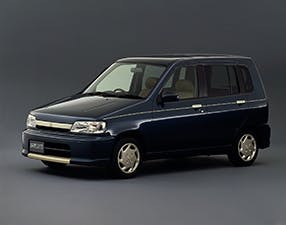
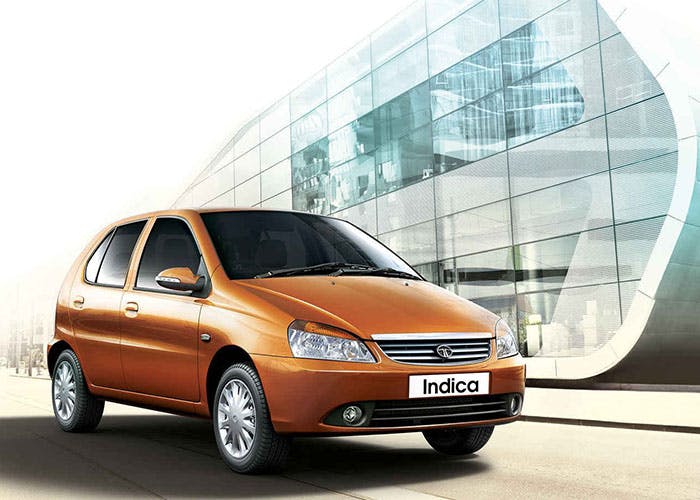


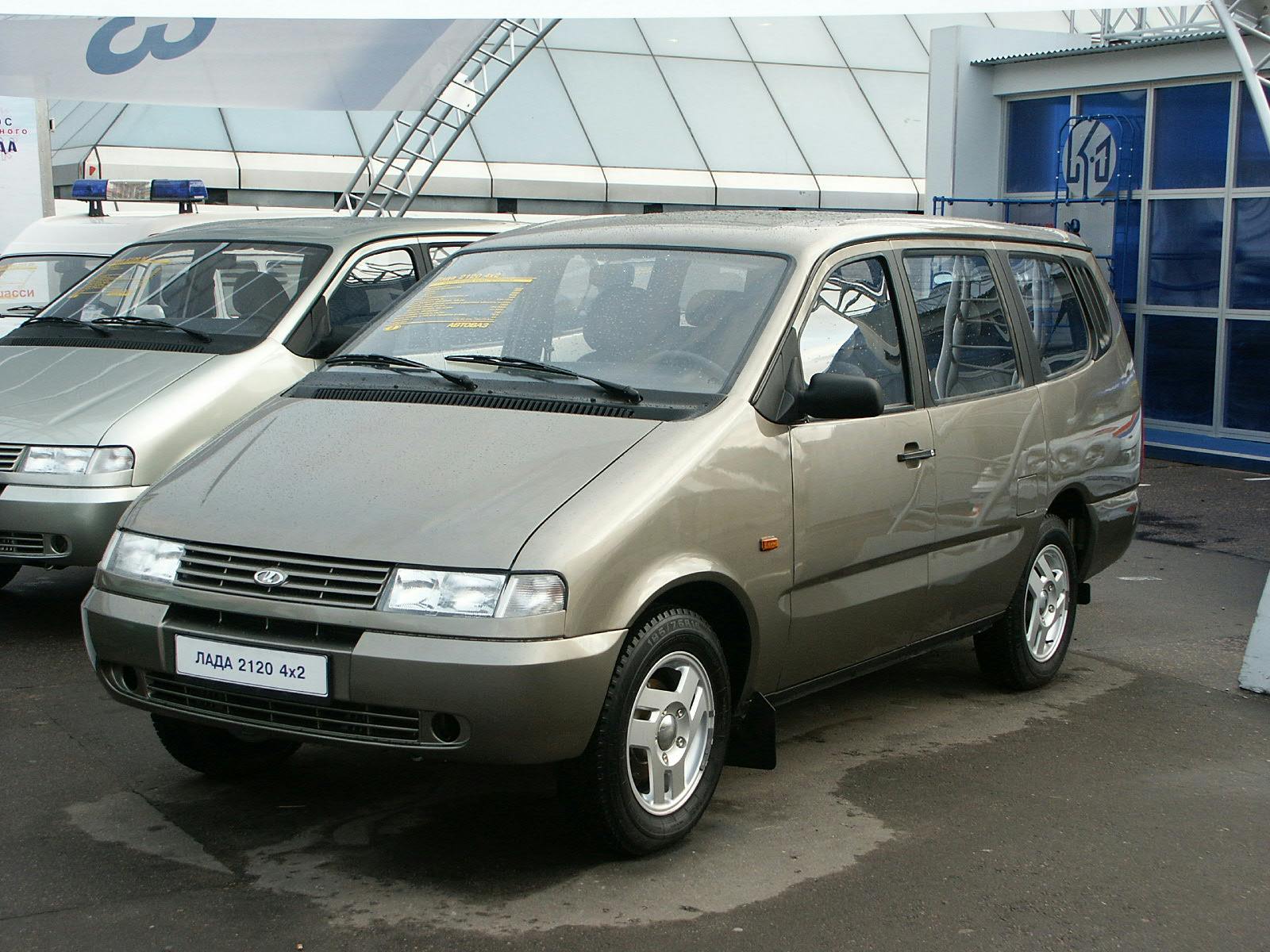
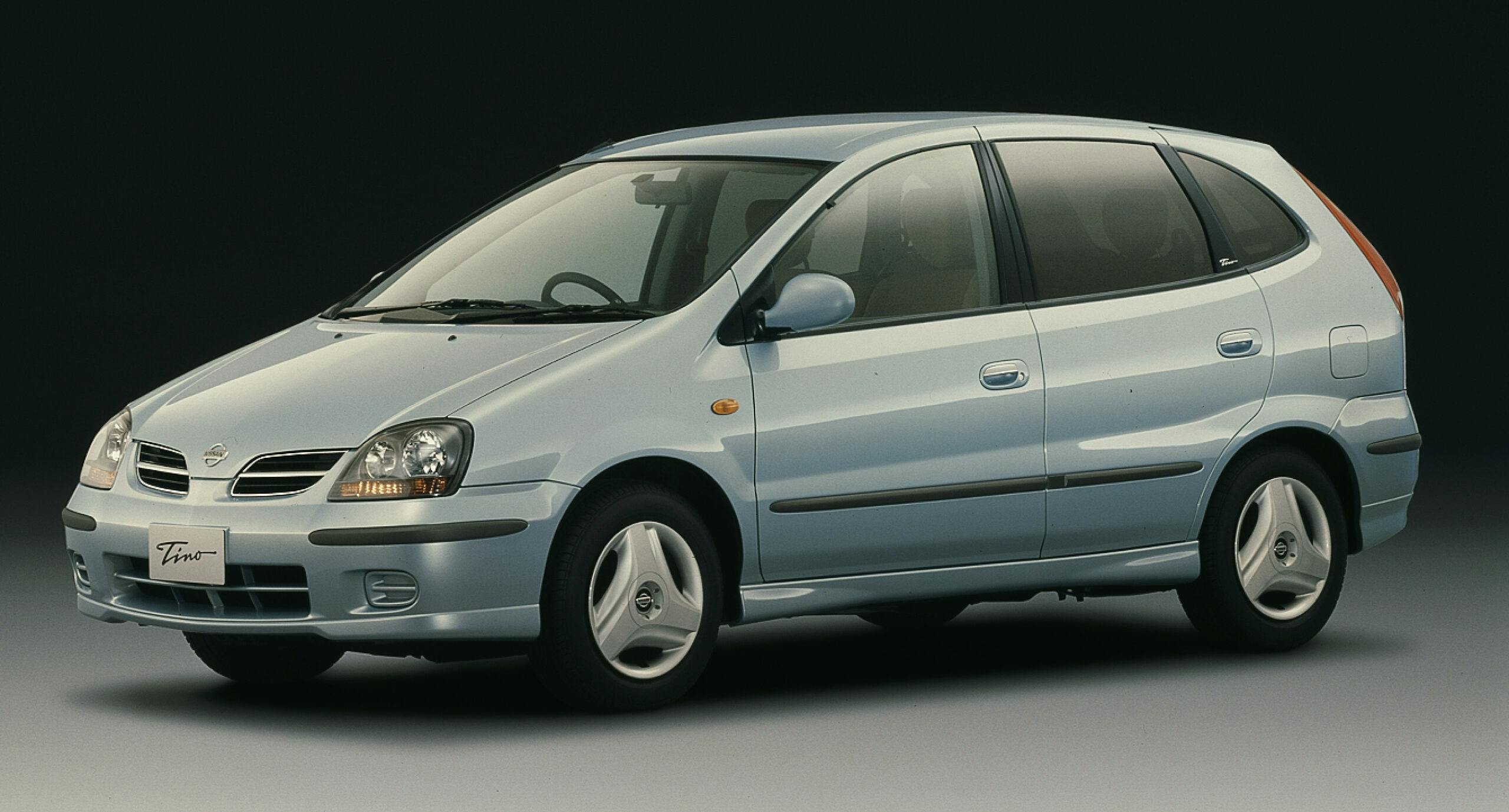
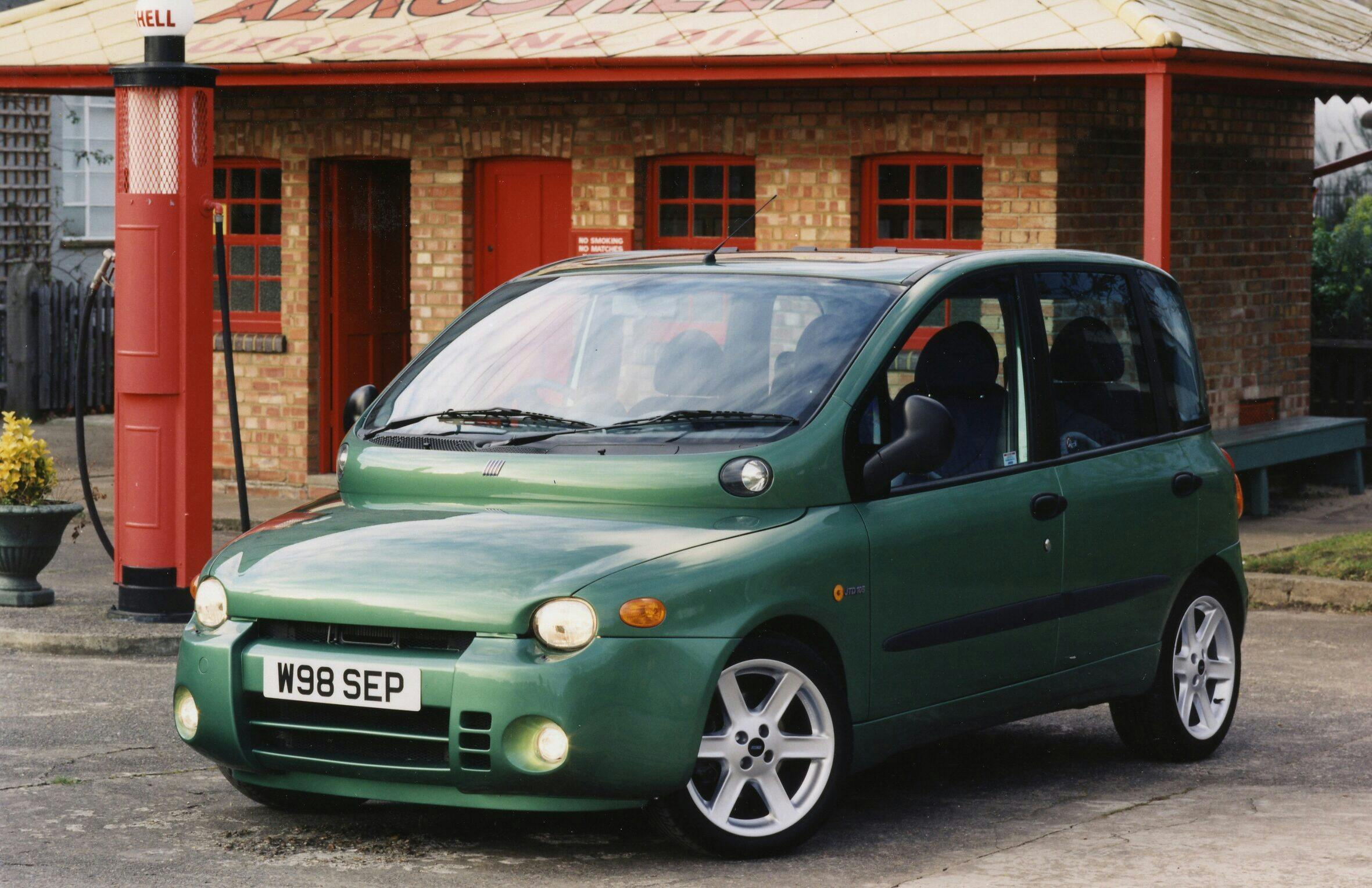


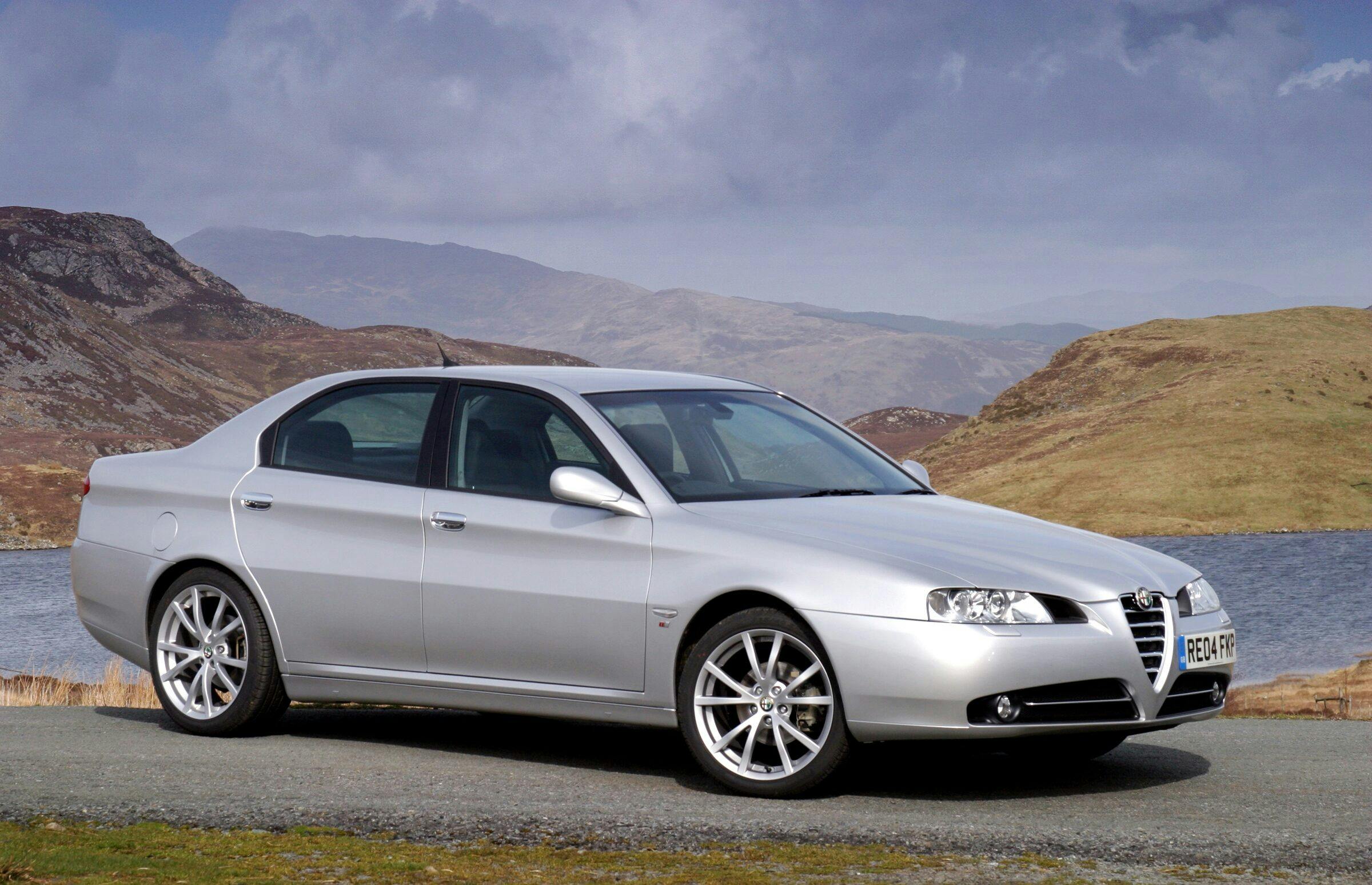
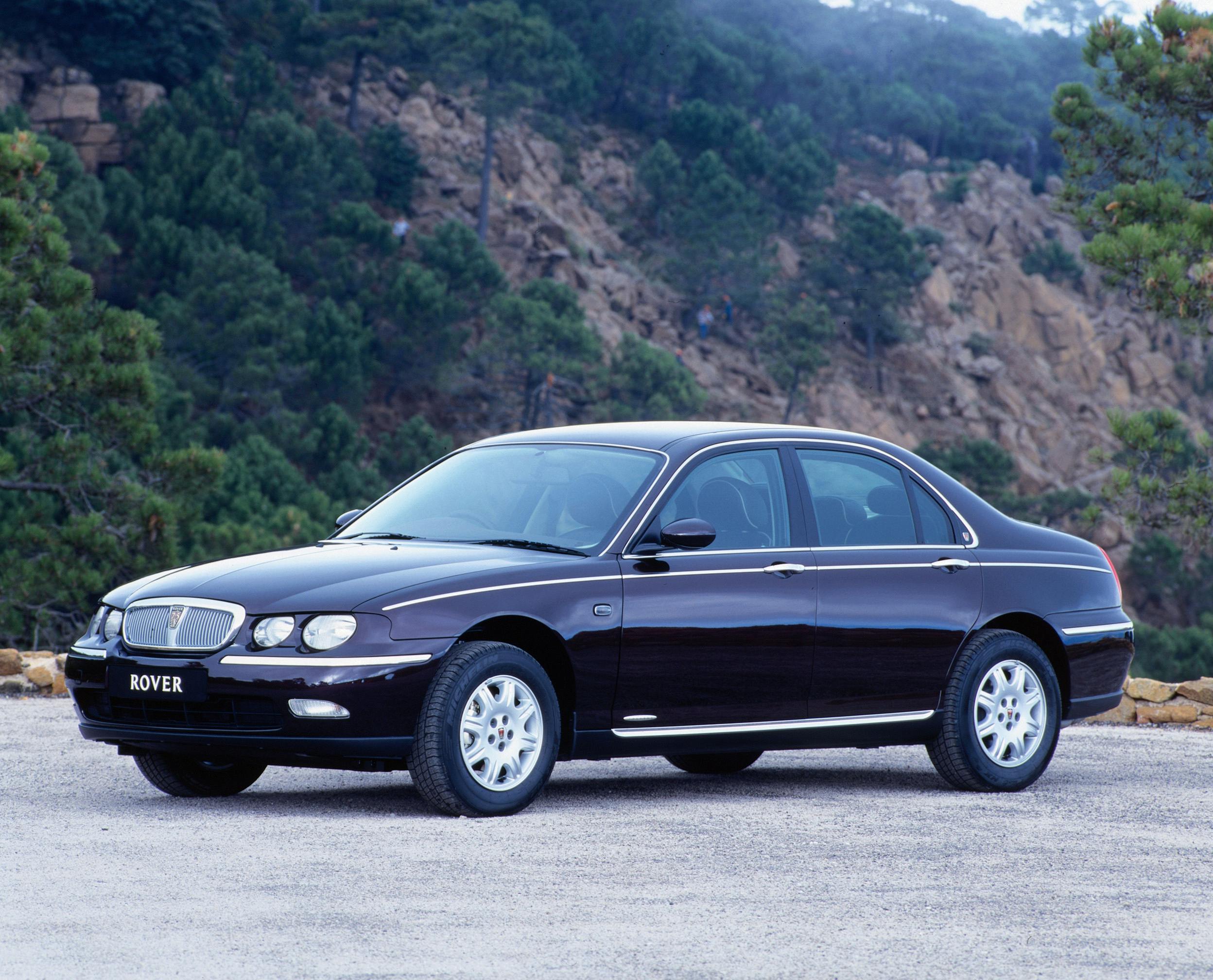
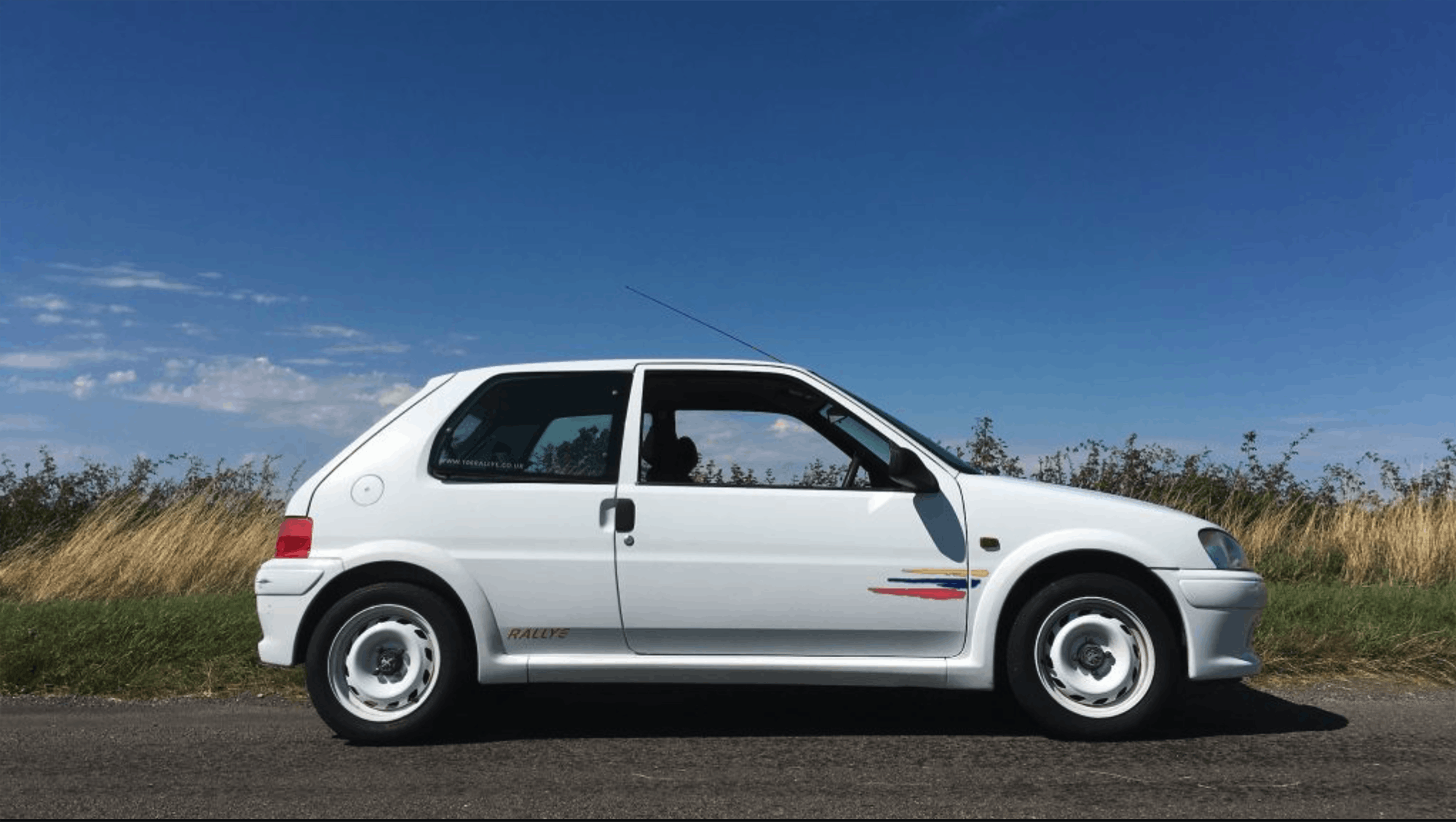
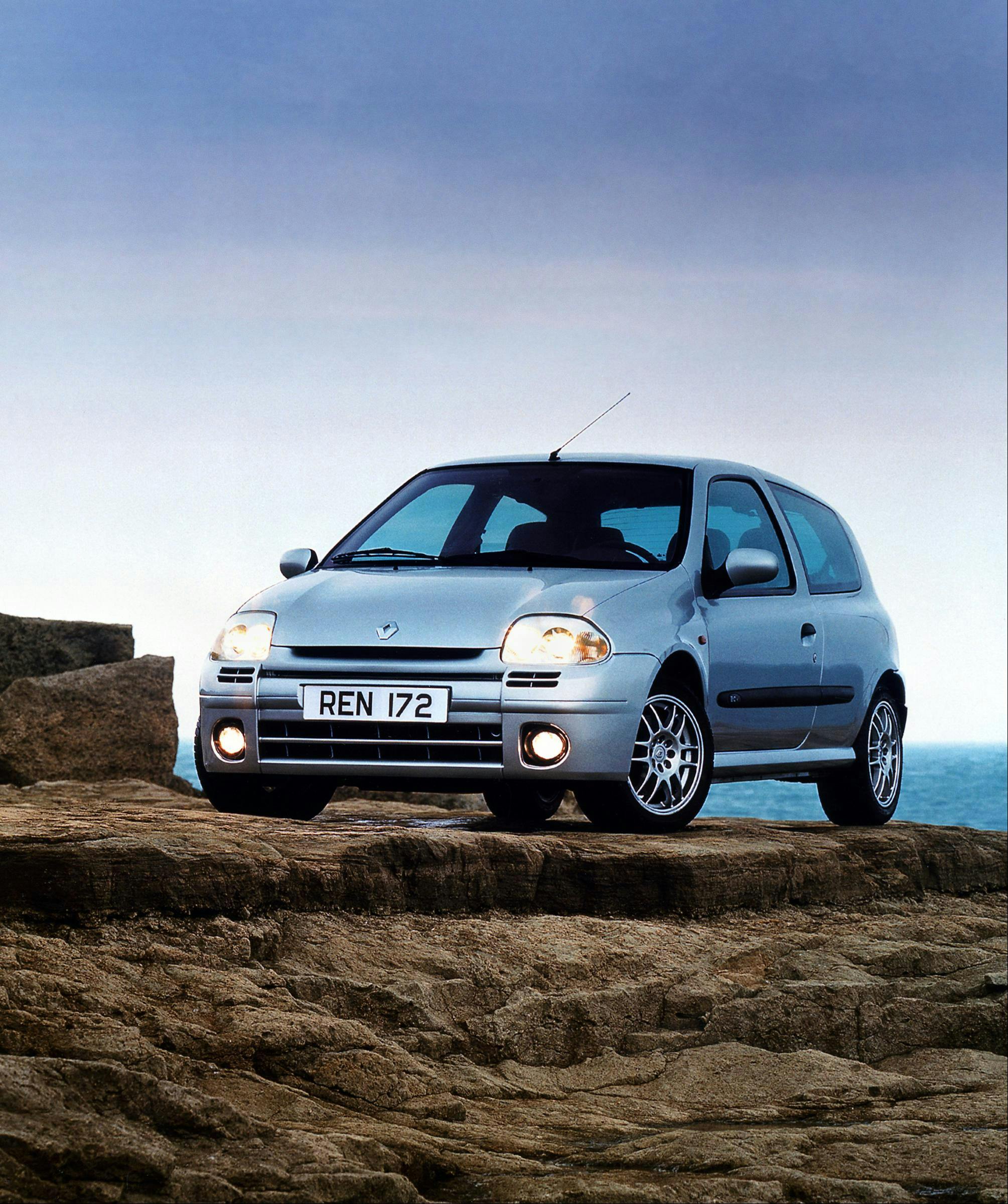
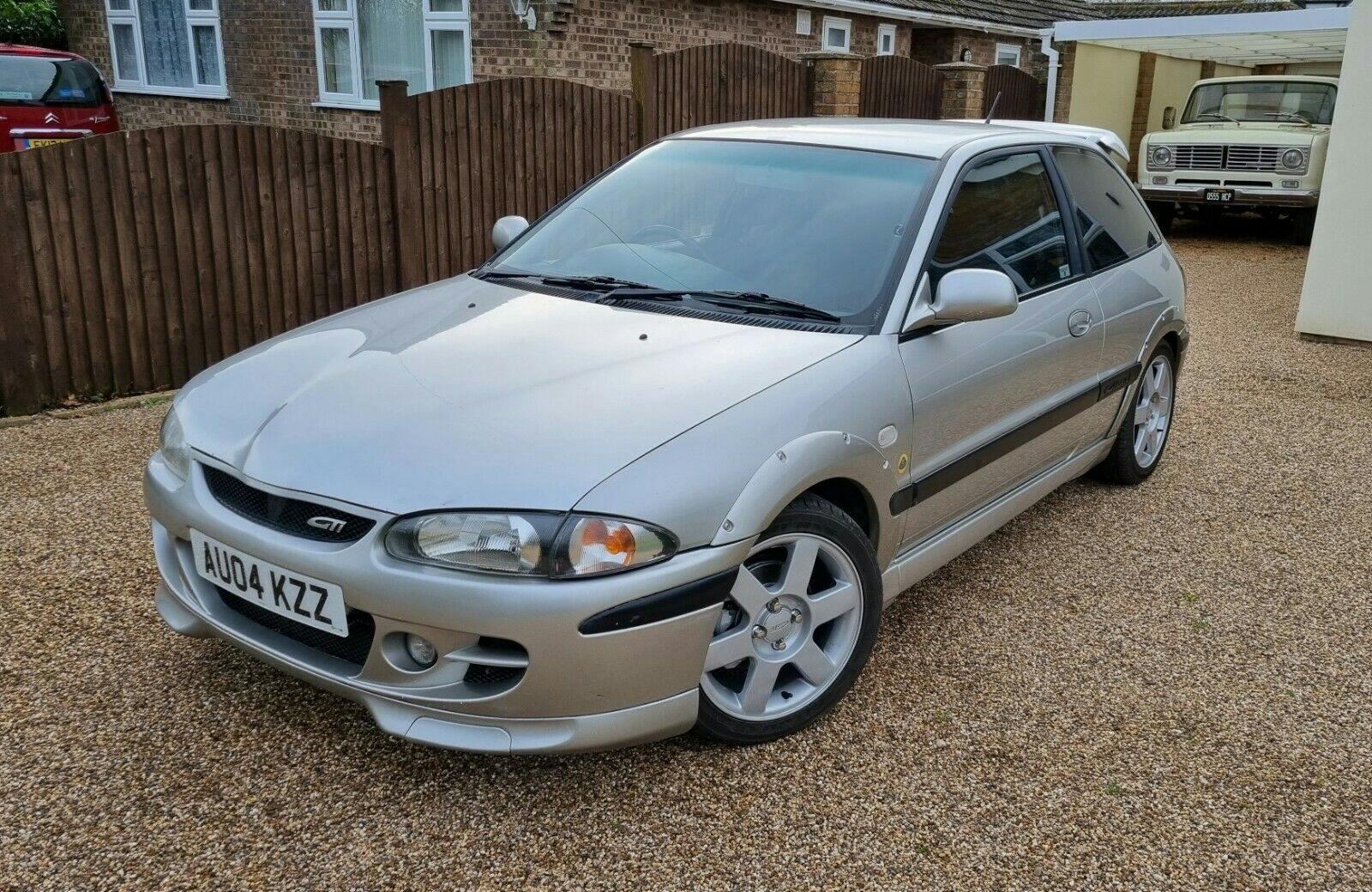


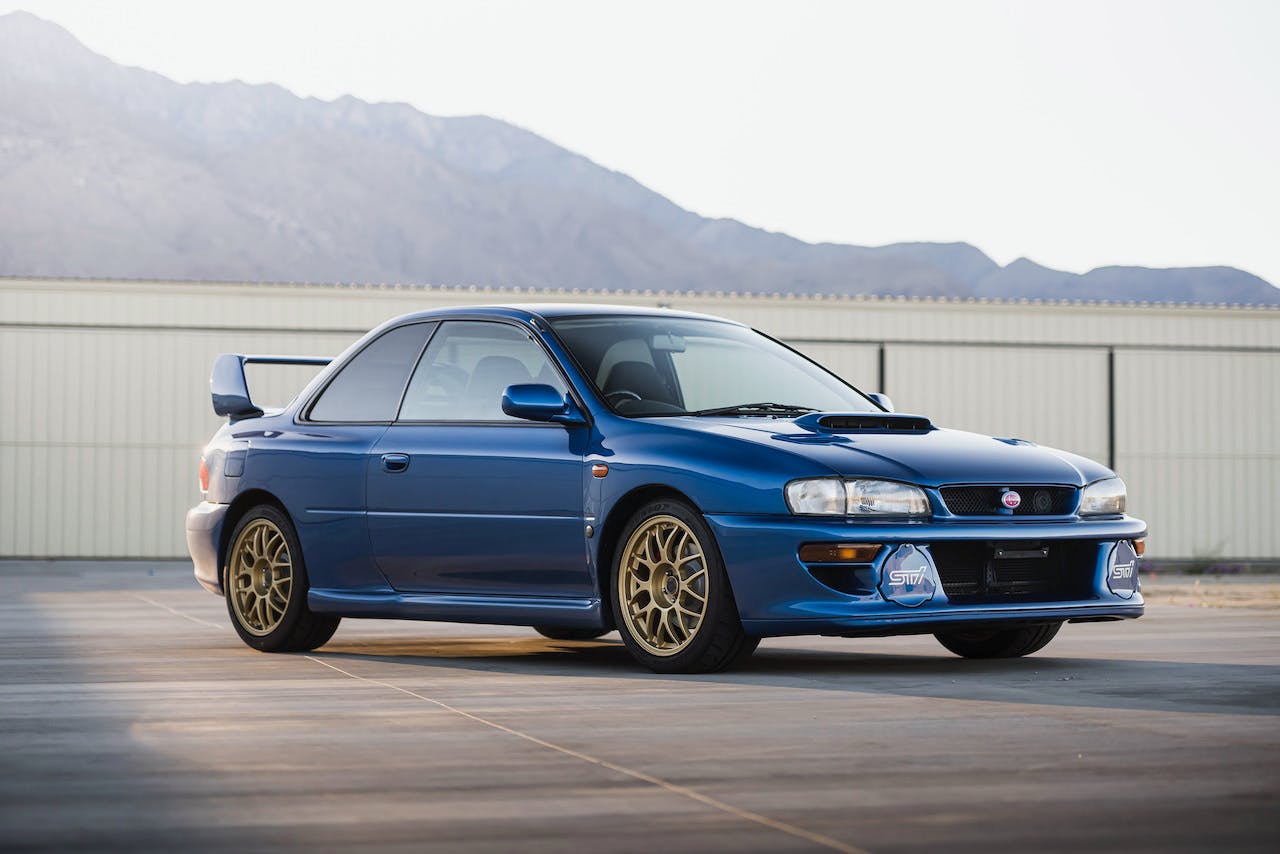

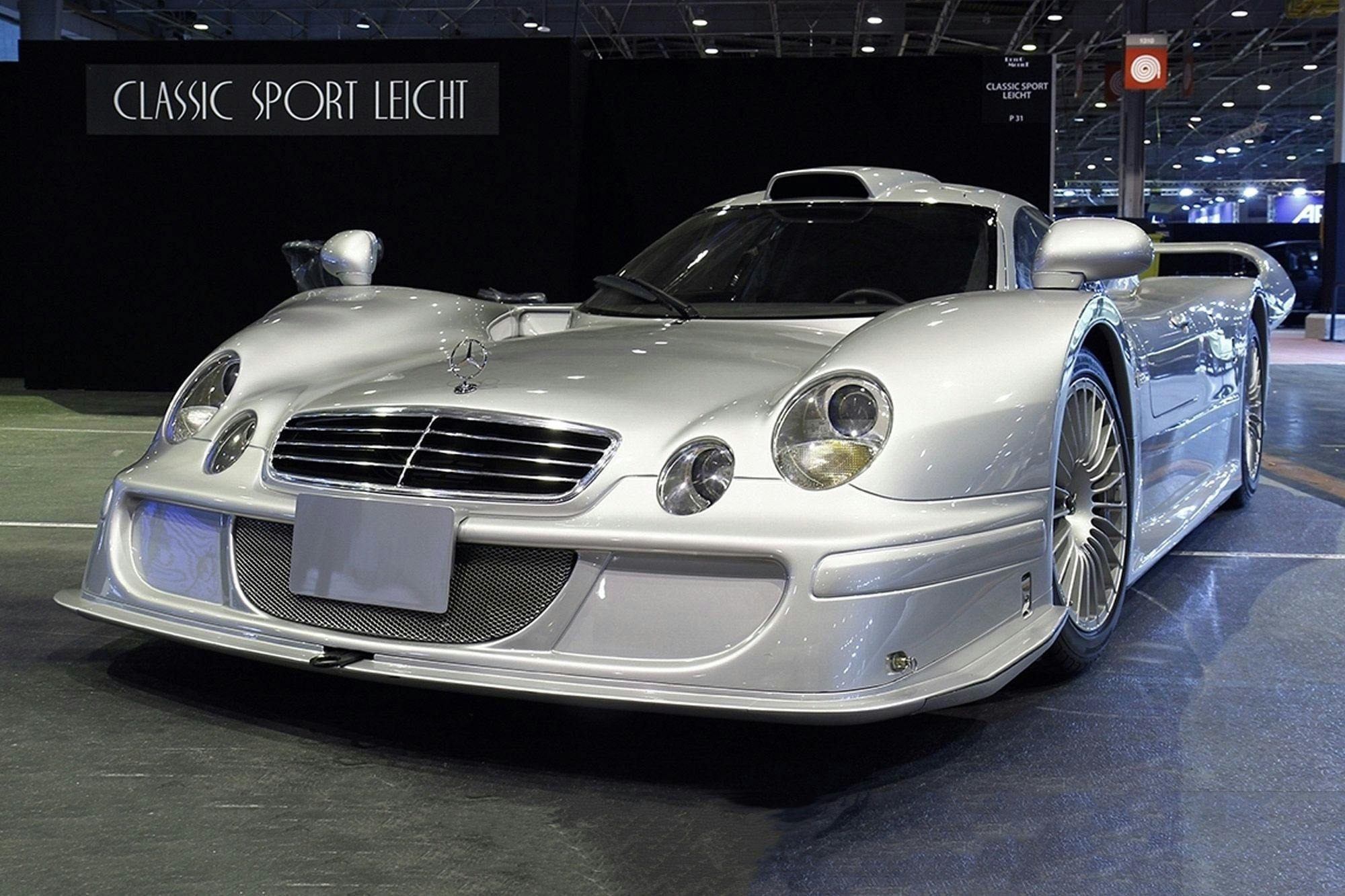
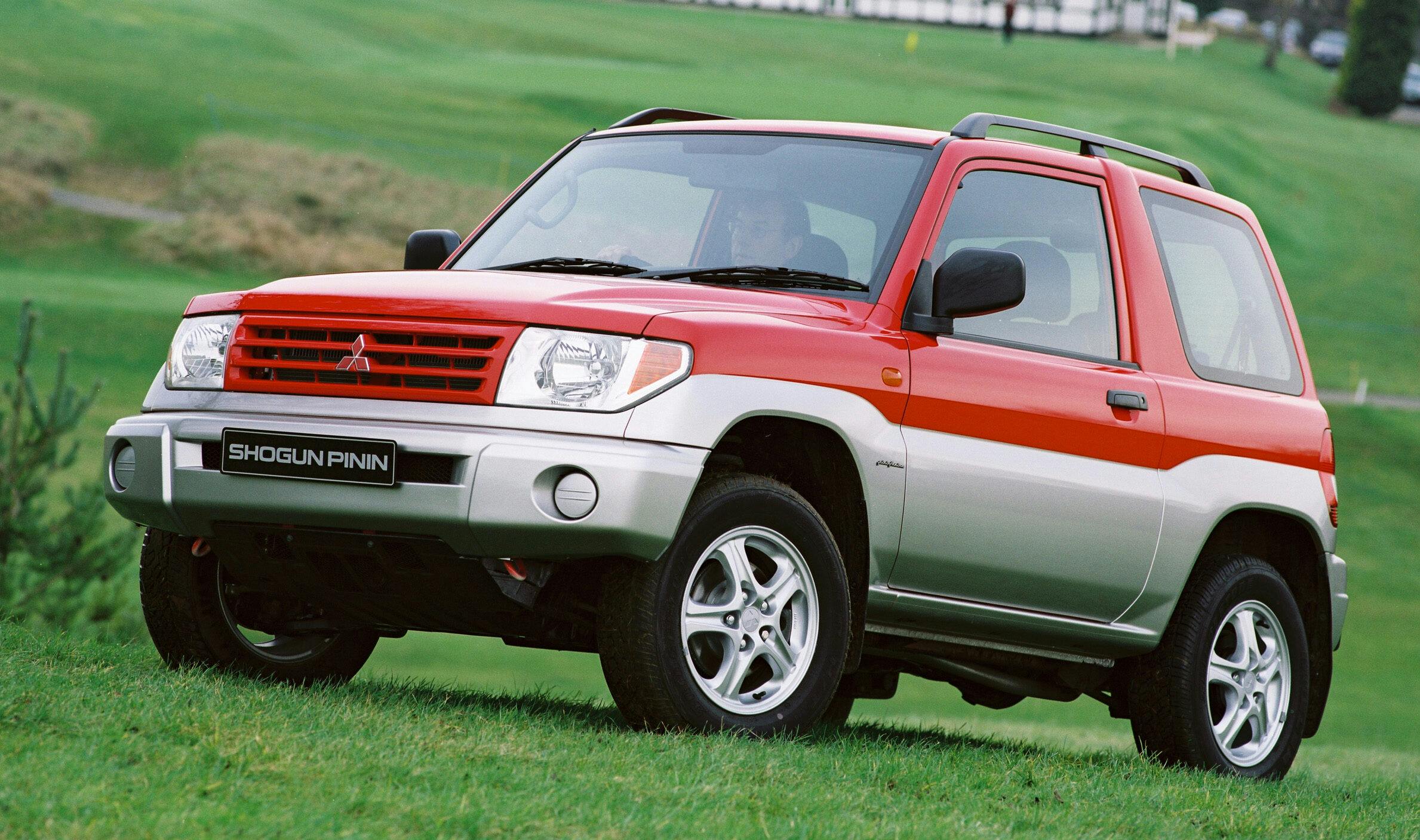

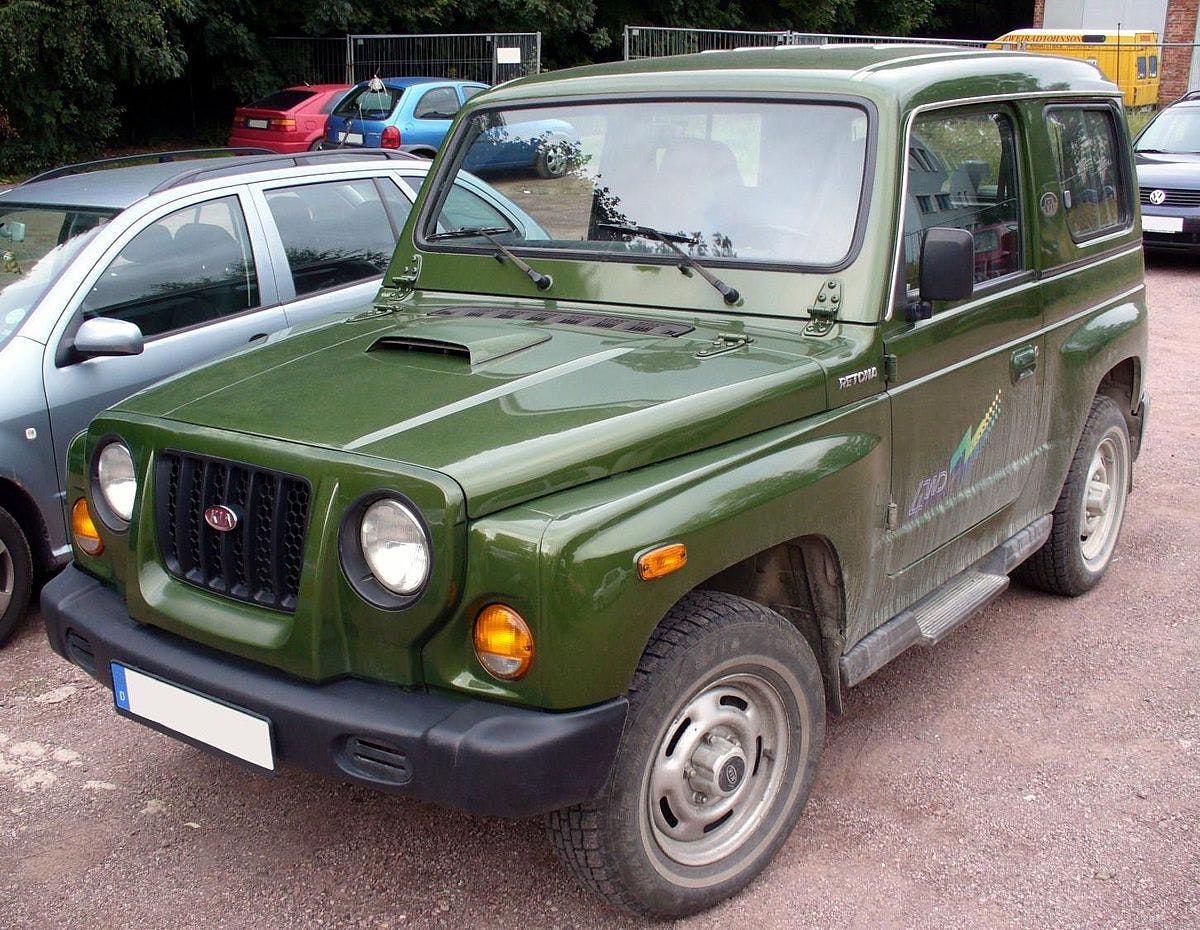
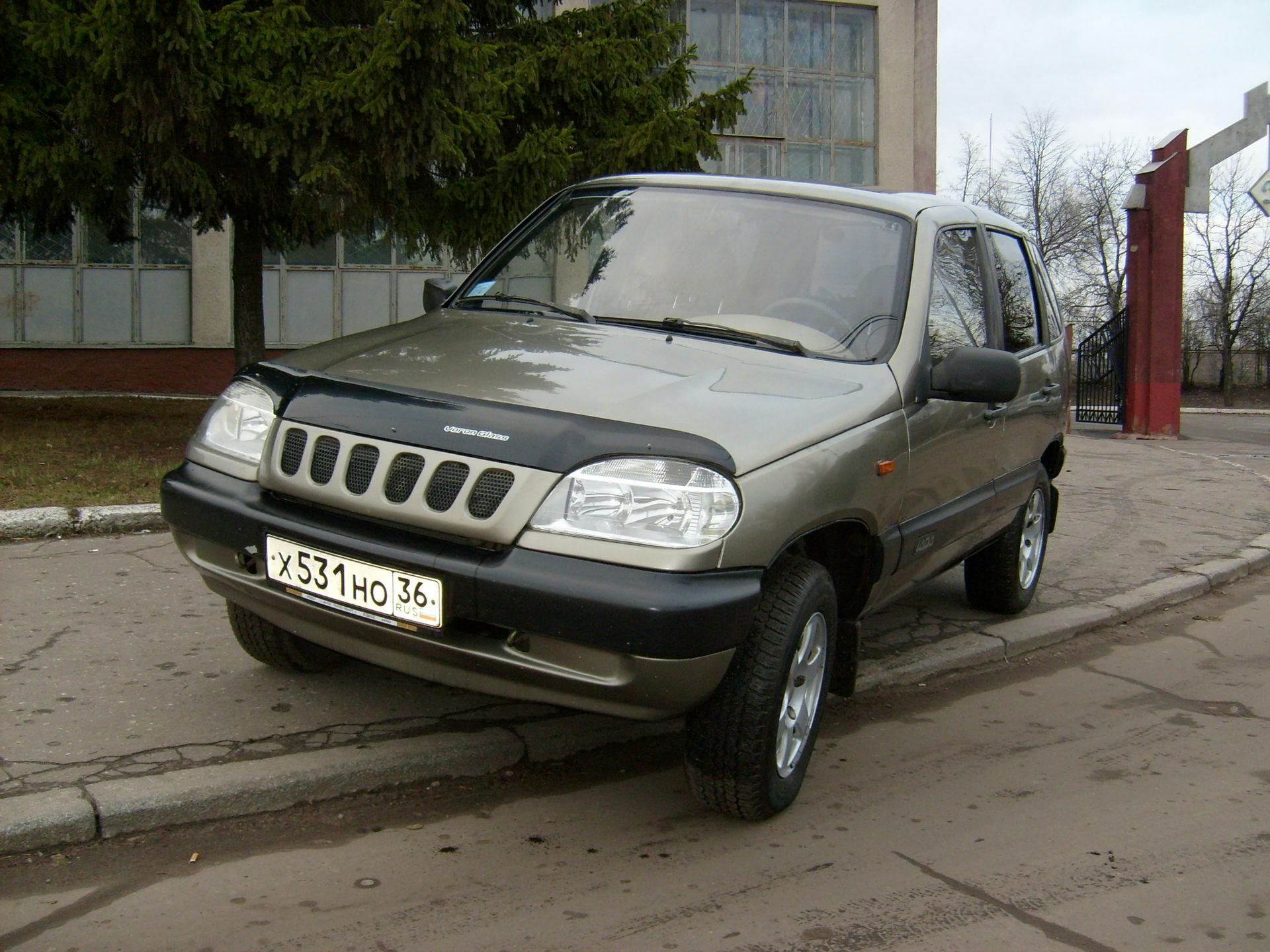













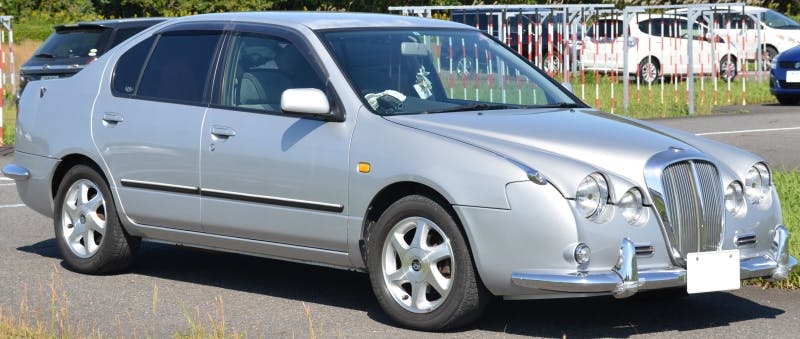











The Mercedes looks like an older E Class drawn by Salvador Dali!
Awful looking things! Ascari may be related ascaris, a worm.
None! Who wants a friggin’ RHD car?
A few hundred Rover 75’s and the MG ZT 260 version were fitted with Ford Modular 4.6 litre V8s. And rear wheel drive without traction control. If you want a Dukes of Hazzard muscle car in a street sleeper British saloon then look at continental European sites for a left hand drive version!
Not one of their better articles. But overall I love to read the vast majority of Hagerty’s articles.
Most of these don’t look different enough from their American counterparts to be worth the expense of importing them.
California residents should be cautious. That state has much more onerous import regulations than the federal government I understand. IRRC, they are still smog testing cars back to 1976 model year, 47 years back.
This is a bunch of vehicles that can stay right where they are, I truly don’t believe that people would have any interest in such garbage. Can you imagine what it would take to get parts for some of them?
So, that funky Fiat Multipla. Just take a deep breath and ignore the looks. I drove the 2000 model with that 1.9 liter JTD diesel for a year as my company car in Israel, where it was massively imported for a while. It’s a fantastic family car. 6 seats, 3 and 3, with the front middle one having a fold-down back serving as a wide table with cup and tray holders, and the rear 3 bucket seats individually removable. And it drove well, nimble and strong for its size. I almost want to get one. But just almost, since I don’t haul a family anymore and there’s no reasonable excuse.
About as interesting as a 1954 Dodge 4 door station wagon, automatic, 6 cylinder
I remenber well the Ladas from back in the late 80s. There were the 4 door Sedan and the Nivas here in Newfoundland. I worked as a Mechanic at Canadian tire at the time and came to the concluision that hey were pure Soviet garbage. They all went away after a while because Soviet Sailors would buy every one they could find and take them back tothe Soviet Union on the Freighters that they were crew on. Apparantly, cars and parts were in short supply back home in those days,
Ugliest set of cars I have ever seen. No thank you!
While the feds are OK with importing these cars, some states will not allow them to be operated on public roads. I believe MAINE is a good example of this
While you might be able to import these cars into the US, I’m skeptical that my home state – California – would allow you to register them. If they aren’t in CARB’s database, the emissions stations can’t certify them.
Aside from two maybe three, these cars are the most ugliest automobiles I have ever seen. There is a reason why you have to scroll to see the total line up.